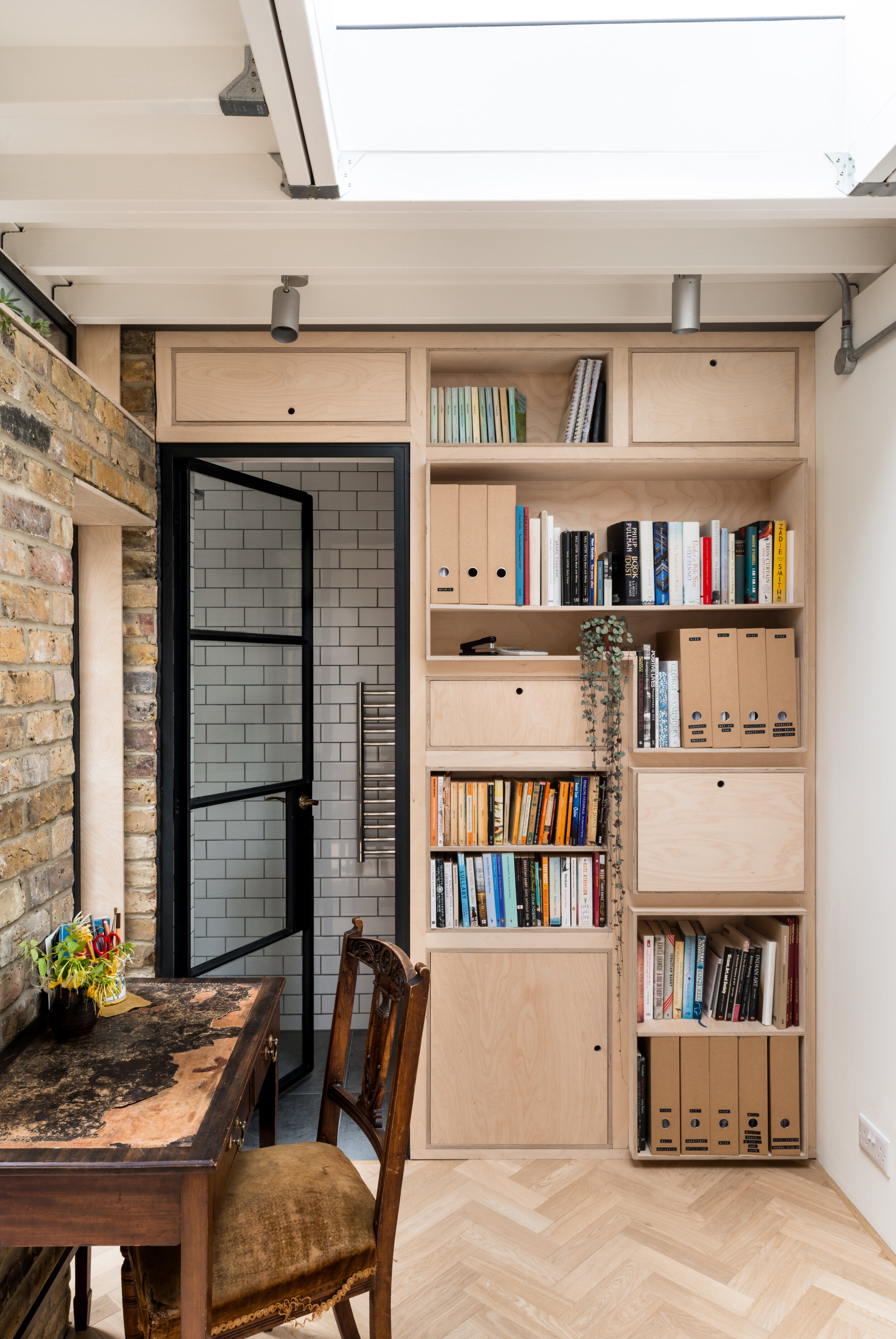New Architects is the definitive survey of the best British Architects to have set up practice in the ten years since 2005. The third book in the Architecture Foundation's highly influential series, it feature close to 100 practices, selected by a jury of leading critics and curators. As a portrait of the emerging talent in one of the worlds most consistently influential architectural cultures, New Architects 3 casts light on the future of architecture in the UK and beyond. The book features more than 450 illustrations of the selected practices' work and is introduced by the Pritzker Architects Prize laureate, Norman Foster.
We were extremely pleased that we were able to share some of our work alongside some of Britains other best young architecture practices. We were able to share briefly our Essex Mews and Cecelia Road projects, which you can check out fully on our projects page.






























